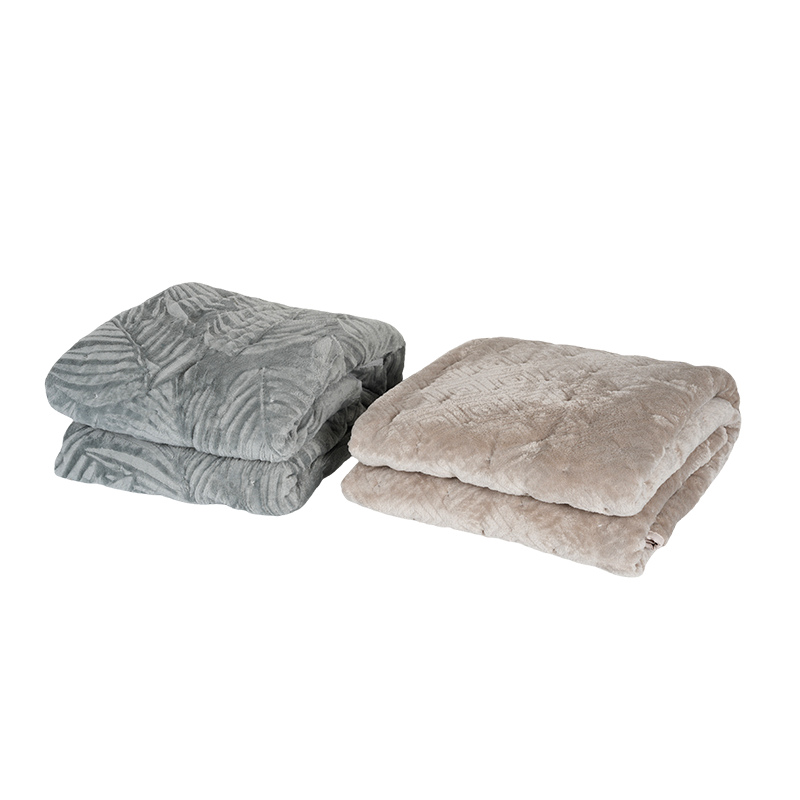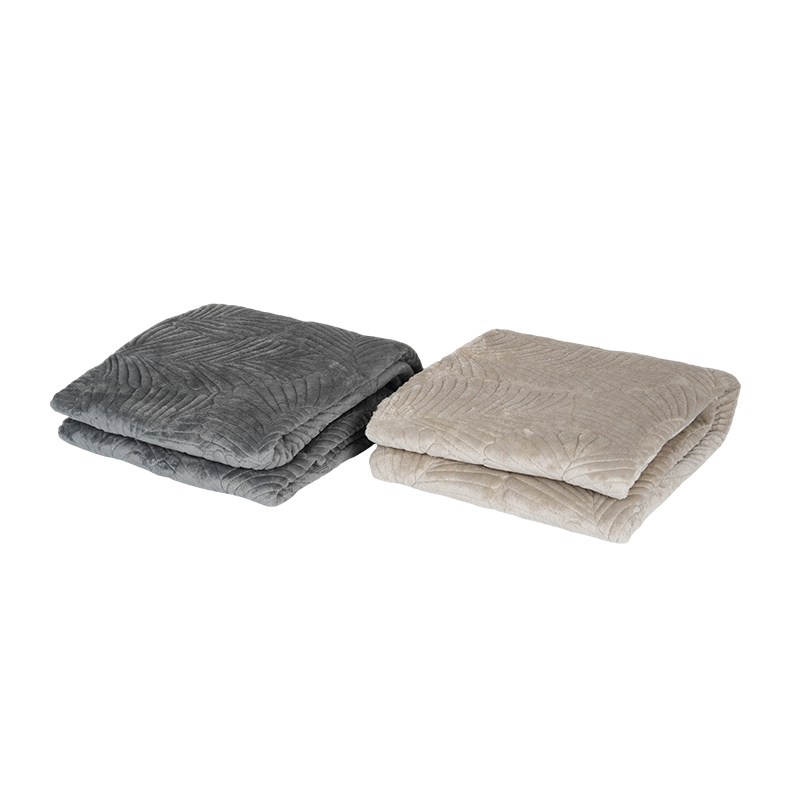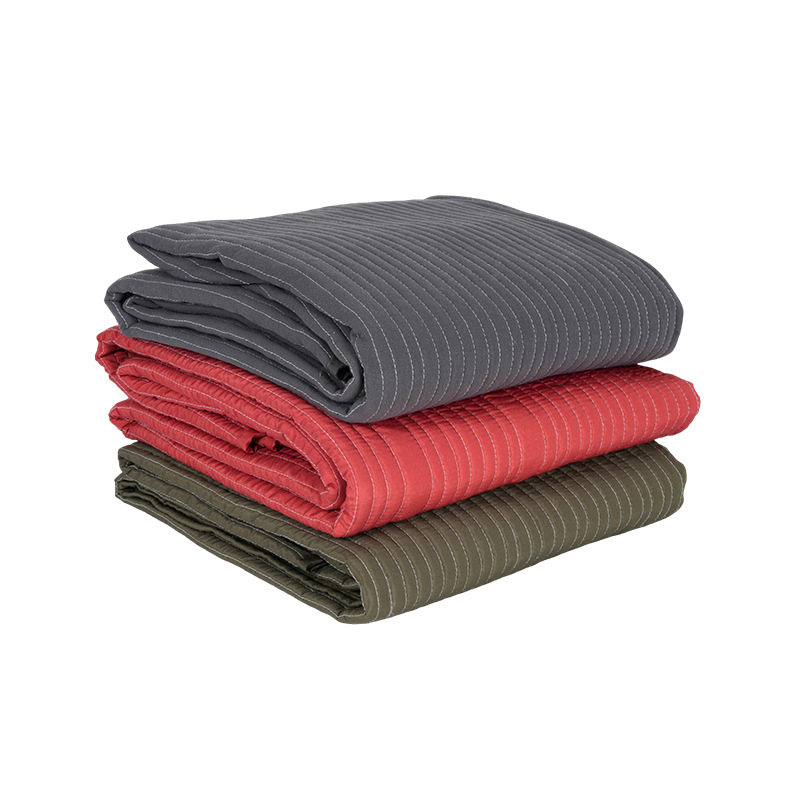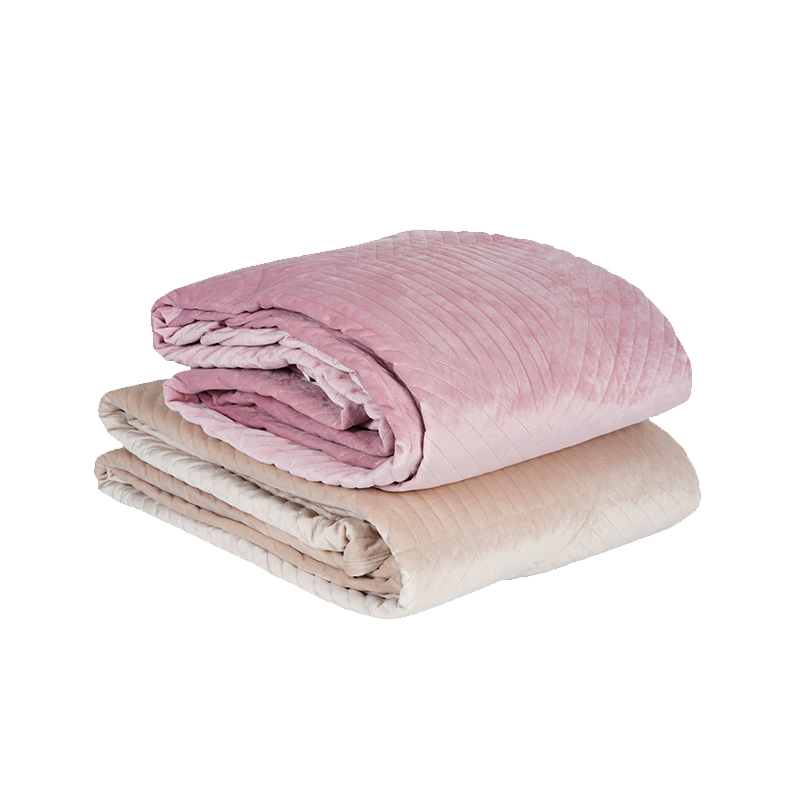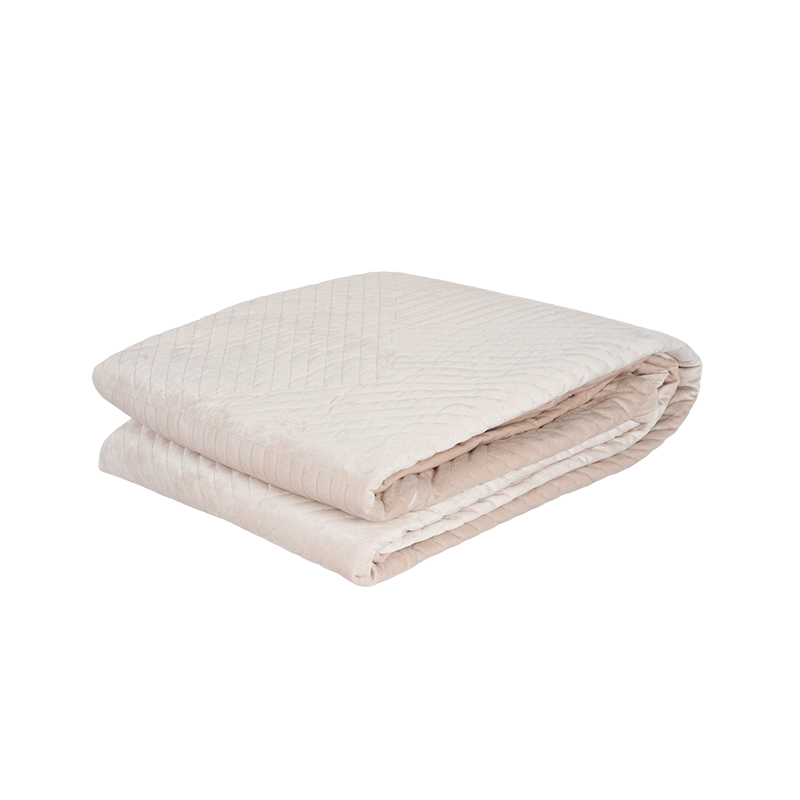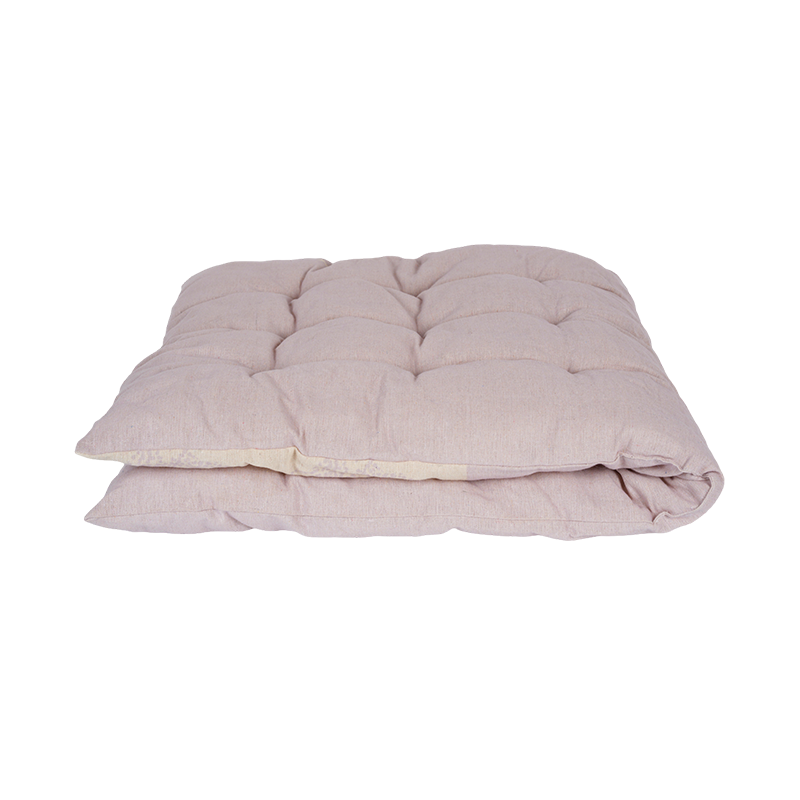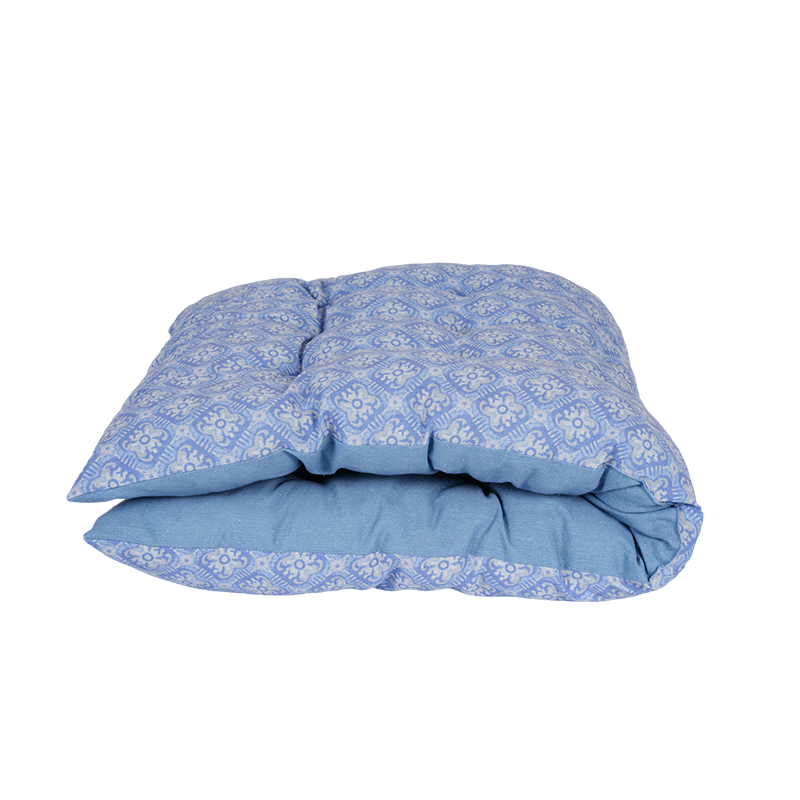- Type:
- Industry News
- Date
- 2025-Jun-09
A Practical Guide to Using Corduroy Decorative Cushion Covers
Corduroy, with its soft texture and distinct ridges, has long been associated with warmth, comfort, and durability. Once considered a fabric primarily for trousers and jackets, corduroy has found its way into home decor, especially as a material for decorative cushion covers. When used correctly, corduroy decorative cushion covers can not only enhance the aesthetic appeal of a room but also provide an additional layer of comfort.

1. Choosing the Right Color and Pattern
One of the considerations when using corduroy decorative cushion covers is the color and pattern. Corduroy is available in a wide range of hues, from rich earth tones to vibrant, eye-catching colors. When selecting cushions for your space, it's important to consider the overall color scheme of the room.
For a more understated look, neutral shades such as beige, taupe, or soft gray work well with decor. These colors can add texture without clashing with other design elements. On the other hand, if you're aiming for a bold statement, corduroy cushions in deep blues, mustard yellows, or even reds can add an interesting pop of color.
When it comes to patterns, corduroy is typically available in solid colors, but it can also be found with stripes or checks. If you want to introduce a bit of visual interest without overwhelming the space, consider pairing corduroy cushion covers with other patterned pieces like floral throw pillows or abstract designs. The vertical ridges of corduroy naturally add texture, so be mindful of layering it with fabrics that complement its tactile quality.
2. Mixing and Matching with Other Textures
One of the biggest advantages of corduroy decorative cushion covers is their ability to mix well with a variety of other materials. Because of its ribbed texture, corduroy naturally pairs well with smooth or flat fabrics like linen, velvet, or cotton.
To create a well-balanced look, you can combine corduroy cushions with silk or satin throw pillows to introduce an element of luxury. This juxtaposition of textures adds depth to the room and keeps the design visually interesting. For instance, placing a deep green corduroy cushion next to a soft velvet pillow in a complementary shade of gold or mustard creates a striking contrast while maintaining harmony.
If your decor leans more toward a bohemian or eclectic style, mixing corduroy cushions with woven or crocheted covers can create a relaxed, cozy vibe. Corduroy's robust nature also makes it a great pairing for leather or faux leather furniture, which can sometimes appear too polished without the addition of textured elements like corduroy.
3. Enhancing Comfort in Living Spaces
Corduroy is inherently a soft and tactile fabric, which makes it an choice for cushion covers. However, it's important to remember that corduroy decorative cushion covers can serve both an aesthetic and functional role in your home. Cushion covers made from corduroy can offer extra comfort, especially when used on seating arrangements such as couches, armchairs, or even reading nooks.
For comfort, it's a good idea to choose cushion covers that feature a slightly thicker ribbed corduroy. This ensures the fabric not only looks appealing but also adds some extra cushioning when you lean on the pillows. The fabric's soft texture invites relaxation, making corduroy cushions for cozying up during a chilly evening.
For added comfort and practicality, consider corduroy decorative cushion covers with a removable and washable cover. This will make cleaning much easier, especially if the cushions are placed in high-traffic areas such as the living room or lounge. Corduroy's durability ensures it can withstand regular use, making it a great long-term investment for your home.


 English
English
 English
English Español
Español